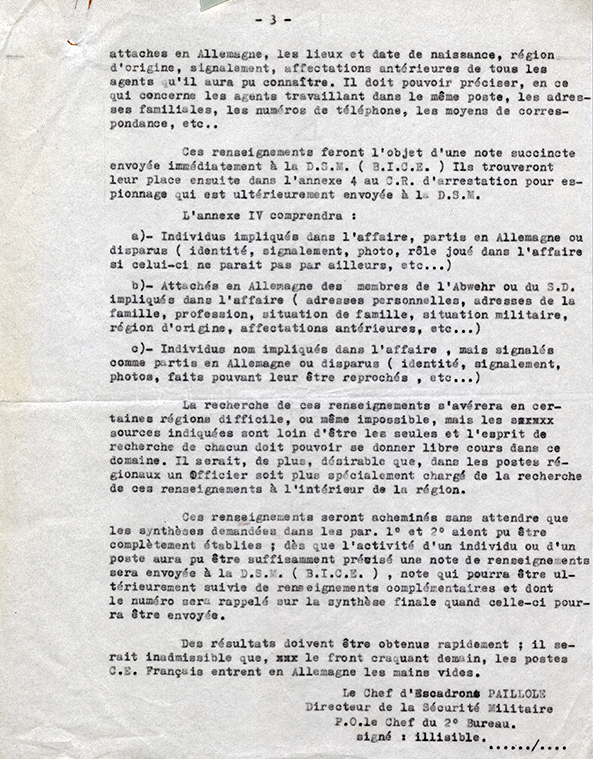The Kurt Lischka file
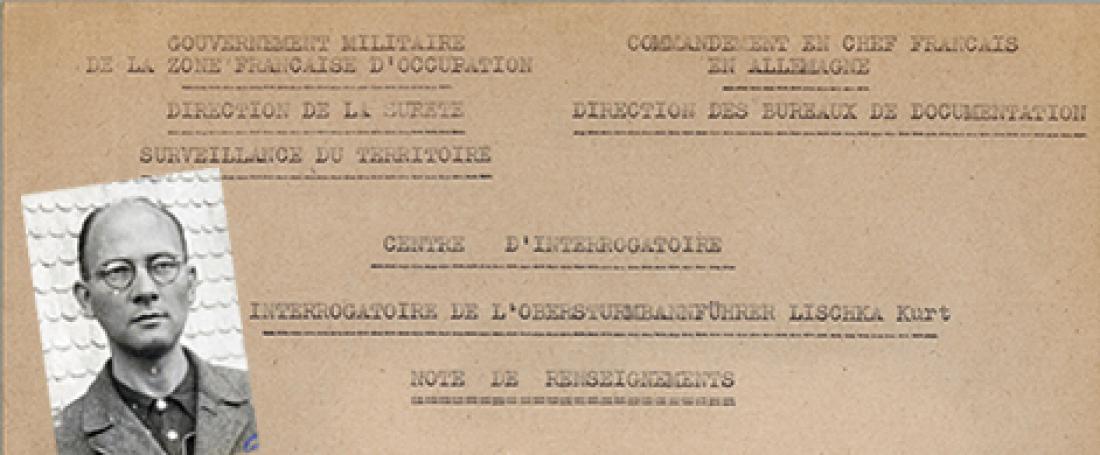
Only in thriller novels do the Nazis live under the threat of discovery, trembling at every creak of the door in far-flung Patagonia. The reality is quite different. Apart from the arrest of Eichmann, which was organised and executed by the Israeli services, the actions against Nazi criminals were taken based on files, not clandestine manhunts. Following a painstaking inquiry, the brutal Kurt Lischka was confronted with his crimes and condemned at the Cologne trial in 1980.
Cologne, 1971
On 21 February, we are ready for action in Cologne. We park our car opposite Lischka's apartment (see slideshow). We decide to ring his doorbell. No doubt looking out of the window and seeing a cameraman, he prefers not to answer. So we ring the doorbells of all the apartments in the building, and several open the front door, saying: ”Mr Lischka is on the third floor.” His door opens. After introducing ourselves as a journalist and his interpreter, we question him: ”Do you admit that you occupied the posts of deputy head of the SIPO-SD in France and chief of the security police in Paris, that you were one of the main people responsible for anti-Jewish persecution in France, that you were the head of the Jewish service of the Gestapo in the Reich in 1938?” ”Would you like to see the orders you signed yourself? You may think they were destroyed; but the archives of the Gestapo's Jewish service are still conserved at the Centre of Contemporary Jewish Documentation (CDJC) in Paris, and your signature is on the bottom of several documents. You will be judged and, I hope, condemned.”
An éminence grise of the final solution
Born on 16 August 1909 in Breslau, Kurt Paul Werner Lischka, a member of the SS and the Nazi Party and a doctor of law, joined the Gestapo in Berlin in 1936. A tireless worker, he quickly rose through the ranks. By 1938, aged 29, he was in charge of the Gestapo's Jewish Affairs department. It was he who carried out the first mass arrests of German Jews on 16 June, transferring 2,000 to 3,000 men to Buchenwald and Sachsenhausen, 10% of whom died during the first two months. On 28 October 1938, it was he once again who organised the tragic deportation of many Jews (over 20,000) to the Polish border. Lischka was also particularly active in the arrests that followed the pogroms of 9 to 10 November 1938, which became notorious under the name of Kristallnacht, ”Crystal Night”.
On 1 November 1940, Lischka was posted to Paris, where his talents as an organiser and police officer were to be used to structure the small SIPO-SD Kommando that had just been set up there. When the SIPO-SD took control of repression in occupied France in June 1942, Lischka became the Kommandeur der SIPO-SD (KdS) for the Paris region. He took part in organising the Vel'd'hiv' raid. The preceding April, he had been promoted to the rank of SS-Obersturmbannführer (Lieutenant-Colonel). On 23 October 1943, he returned to Berlin, where he was given a key role in the central administration of the Nazi police service. He was the right-hand man of Müller, the Gestapo chief (see slideshow). Implicated in the killing of Czech resistance members and imprisoned in Prague, Lischka was released in 1950 and settled in Cologne, where he had led the Gestapo in 1940, despite the likelihood of his arrest by the French authorities (see slideshow).
The former Nazi faced with his crimes
We began our work at the CDJC archives by identifying Lischka's signature and initials. The conclusions of our research: the Parisian Gestapo was Lischka; the interrogations in Rue des Saussaies were Lischka; the huge round-ups of Jews were Lischka. All the notes prepared by the heads of the Jewish Affairs department, Dannecker and then Röthke, were submitted to Lischka. He oversaw the department's activity with meticulous attention. There are hardly any memos or reports that were not annotated or initialled with his purple pencil. Like all the senior SS police leaders, Lischka was aware of the extermination of the Jews in the East.
The day after our visit to Lischka, we set off once again in the Mercedes belonging to Harry Dreyfus, our cameraman, for 554 Bergisch-Gladbacher Strasse. It was 7 in the morning, and it was cold. At 7.50, Lischka emerged. We were pressed against a fence near the underground station. With his long coat, hat, glasses and black briefcase, he was the very image of a Gestapo officer. Lischka approached the station, but crossed the street when he saw us. He hurried into the street parallel with the tram line, picking up the pace; then he accelerated further. We were filming him from a few metres away. At that point Lischka stopped and changed direction, then again, while we were still right next to him. He suddenly broke into a run, and we ran alongside, filming from a metre away from him.
Lischka was fleeing in his own city, his own streets; he suddenly found himself confronted with his past. The sequence we filmed that day generated real emotion in Israel when it was shown, and is still used in television programmes all over the world whenever the fate of Nazi war criminals is on the agenda.
Beate
& Serge Klarsfeld
Writer, historian and advocate for the cause of French deportees. He and his wife Beate,
nicknamed ”Nazi hunters”, have worked for the recognition of the Holocaust
FOR MORE INFORMATION
Kurt Lischka's individual file, currently being classified, will be filed under sub-series GR 28 P 6.
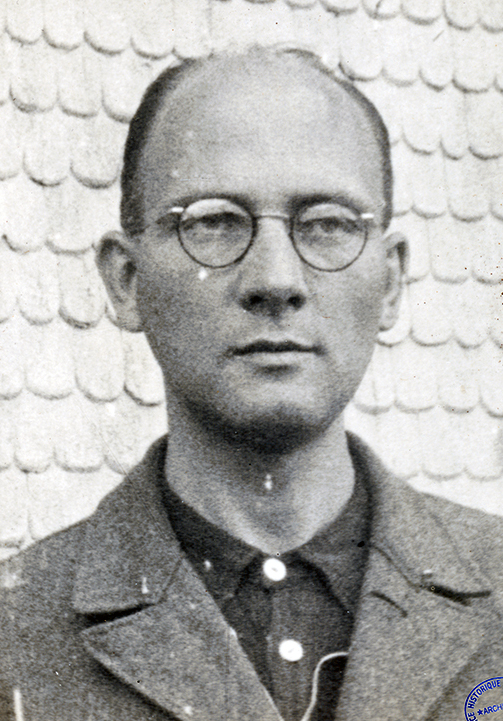
Kurt Lischka, 1945.
© SHD
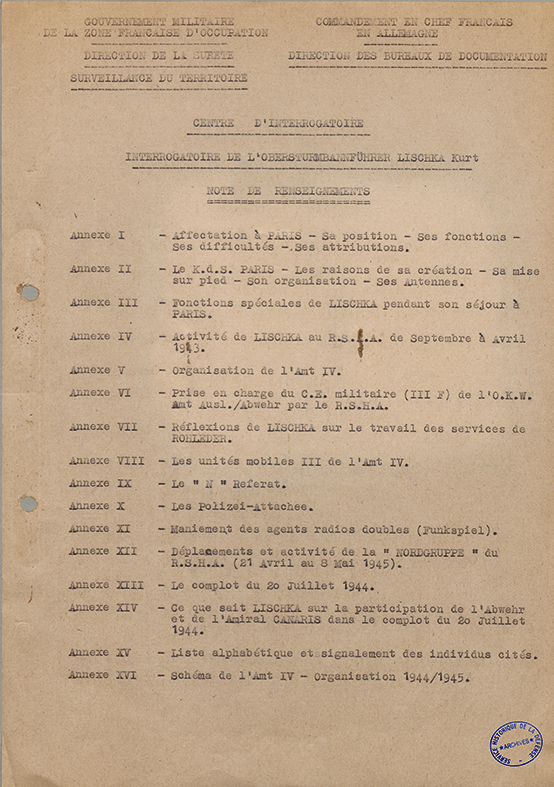
Interrogatoire de Kurt Lischka par les services spéciaux français en Allemagne, sans date.
© SHD
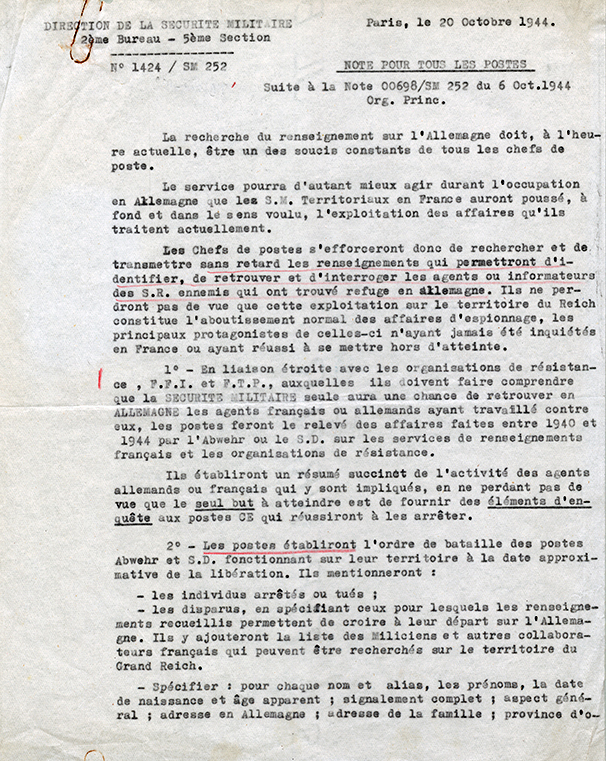
Note de la direction de la sécurité militaire sur la recherche des agents allemands, 20 octobre 1944, p. 1.
© SHD
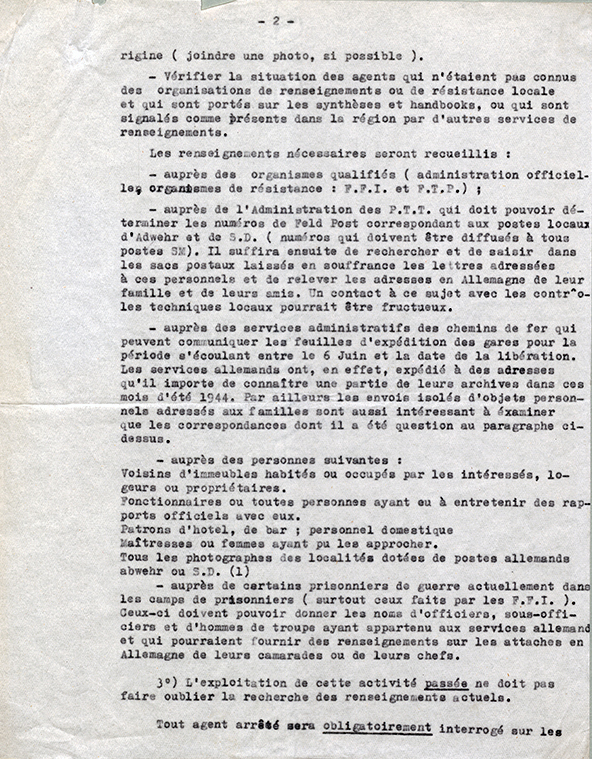
Note de la direction de la sécurité militaire sur la recherche des agents allemands, 20 octobre 1944, p. 2.
© SHD
